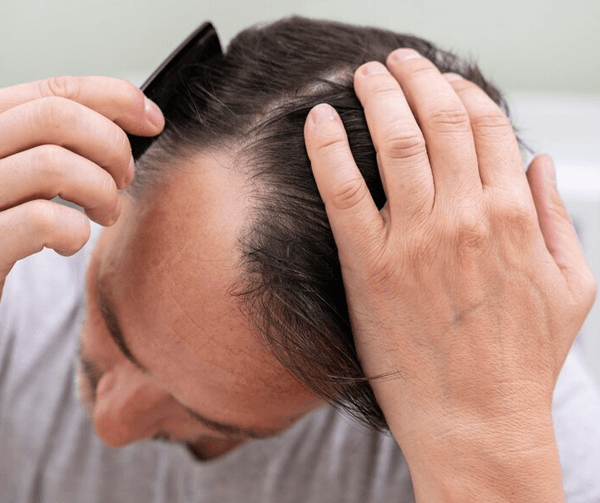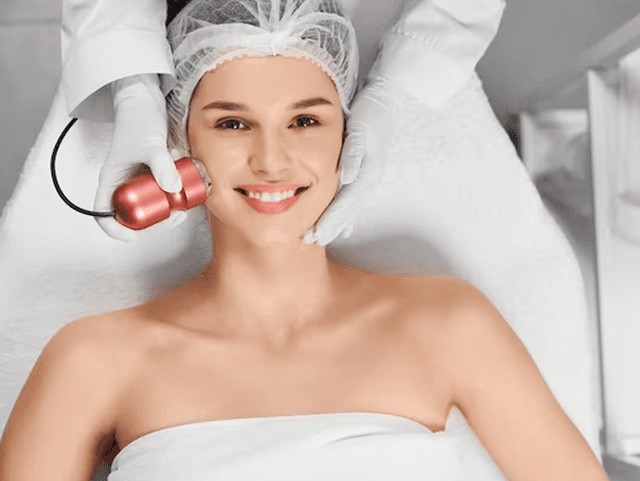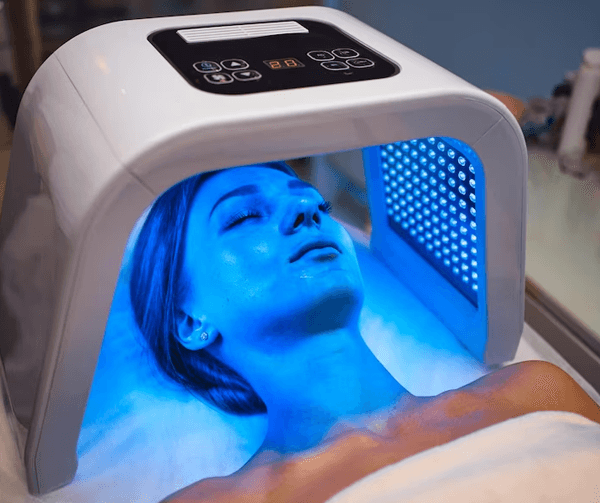All Posts

| April 20, 2015 | 0 Comments
Dr Aman Dua at Ascicon 2015
Dr Aman Dua presented a lecture on Beard & Body hair transplant in #ascicon2015. This was 13th Annual Conference of Association of Cutaneous Surgeons (I) and held at Science City, KOLKATA.
Read more

| April 17, 2015 | 0 Comments
The Basics of Body Hair Transplant
Losing hair is never easy to handle, and for many people medications simply do not work, which is why they have to consider prospects of hair restoration. In order to conduct a successful hair transplant procedure, there has to be a clear recipient site and more importantly, a clear donor area. However, there are plenty […]
Read more

| February 11, 2015 | 0 Comments
Can you get thick eyebrows with hair transplant?
A twitch of your eyebrow or how you raise it can say a lot about what is going on in your mind. But what about those people who have lost their eyebrows due to an illness, trauma or some medications? However, there is hope for even such people, because these days, restoring eyebrows has become […]
Read more

| December 22, 2014 | 0 Comments
5 important aspects of Body Hair Transplant
So you know what a hair transplant refers to and what the basic tenets of the procedures are. However, you might not know much about BHT or body hair transplant. This article intends to look into the increasingly popular world of body hair transplant. Gone are the days, when transplants could be done only the […]
Read more

| April 15, 2014 | 0 Comments
NeoGraft: Another method of Hair Transplant Surgery
Each day, there are some new advancements being made in the world of hair transplant surgery and one of the technique on the block is called NeoGraft. This is actually partially automated hair transplantationsystem in which doctors can make the best use of the popular FUE or Follicular Unit Extraction technique. Generally, in the FUE method, […]





